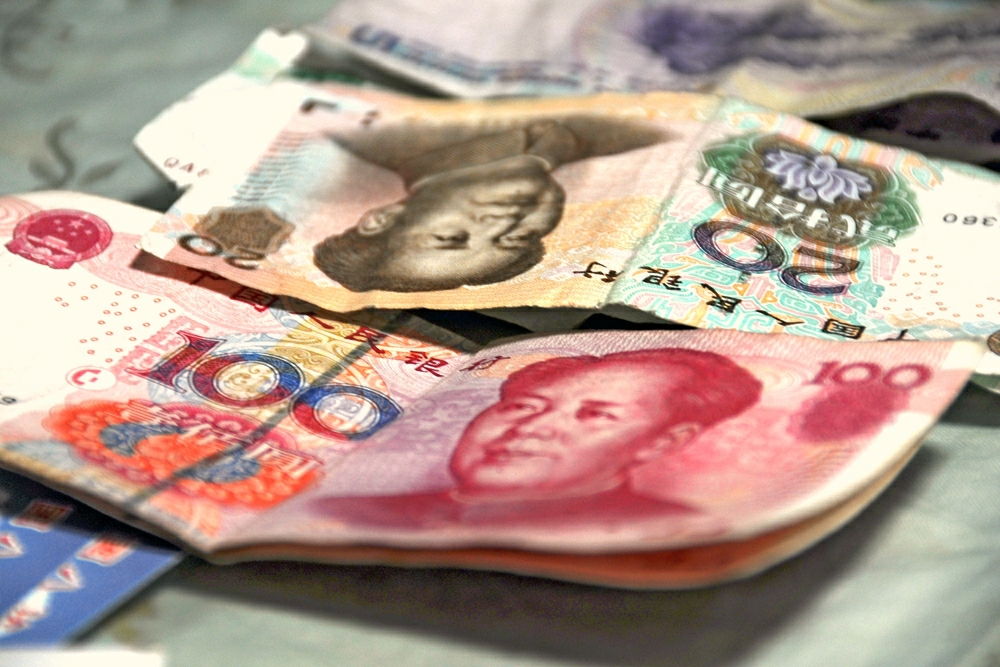More details have been drip fed out of Beijing concerning the future solar policy of China. Roth Capital Partners says the ability of the nation’s National Energy Administration (NEA) to prioritize and publish the list of solar projects qualifying for state subsidies in timely fashion will determine whether 40 GW capacity predictions for the world’s biggest solar market this year will prove accurate.
Government authorities and solar industry stakeholders have been locked in weeks of talks about the future direction of Chinese solar in Beijing and two important draft documents hinting at future policy have emerged.
Wednesday saw a consultation document explaining how state-subsidy free, ‘grid parity’ PV projects would be given priority over subsidized schemes for the next 18 months, until a mixed solar market including limited subsidies makes way for an incentive-free system from 2021 onwards.
The NEA on Thursday night then made good on its promise to release more details about the rules for projects which were unable to voluntarily switch to grid parity status.
Late-year surge needed for 40 GW figure
The NEA released an Announcement about 2019 wind and solar construction and management requirements (consultation draft) document that envisaged RMB3 billion ($447 million) of solar subsidies for this year, including RMB750 million for residential projects.
Californian investment bank Roth, analyzing the document, cautiously welcomed the insight, which would remove fears the 3 billion figure would be split over a longer period than this year, provided the consultation paper becomes official policy.
Popular content
However, Roth admitted its estimate of 40 GW of new solar capacity in China this year would probably require record third and fourth quarter figures of around 15 GW each – more new solar than the 14.3 GW seen in the second quarter of last year, a period described as “what appears to be a high water mark of activity”, by the analysts.
Roth stated February saw only 1.2 GW of new Chinese solar capacity, following the 3.4 GW added in January. The bank’s analysts have not ruled out a second-half surge in installations, dependent on the NEA promptly receiving the details of all solar subsidy applications from local and provincial authorities, processing and ranking them and publishing the resulting list of approvals by the end of June, as the body has stated an intention to achieve.
Timing is crucial
The Roth analysts are presuming the four months to the end of June will see similar new capacity figures to a subdued February, for a first-half total of just 9.4 GW of new PV capacity. If the NEA can get approved project details published on time, say the Roth researchers, the subsequent rush to get projects connected could make 40 GW this year feasible. Any delays, however, could make that estimate unattainable.
The NEA document outlined the penalties for late completion of approved projects, with any schemes due to come online by the end of the year seeing their incentive fall by RMB0.01/kWh per quarter for a maximum of six months before the payment lapses entirely.
Roth estimates the RMB750 million of subsidies allocated for residential solar could see around 3.5 GW of new capacity added and the NEA consultation paper stated local government bodies would be expected to publish a list of approved residential projects by the 15th of each month until the central fund is exhausted.
This content is protected by copyright and may not be reused. If you want to cooperate with us and would like to reuse some of our content, please contact: editors@pv-magazine.com.



1 comment
By submitting this form you agree to pv magazine using your data for the purposes of publishing your comment.
Your personal data will only be disclosed or otherwise transmitted to third parties for the purposes of spam filtering or if this is necessary for technical maintenance of the website. Any other transfer to third parties will not take place unless this is justified on the basis of applicable data protection regulations or if pv magazine is legally obliged to do so.
You may revoke this consent at any time with effect for the future, in which case your personal data will be deleted immediately. Otherwise, your data will be deleted if pv magazine has processed your request or the purpose of data storage is fulfilled.
Further information on data privacy can be found in our Data Protection Policy.